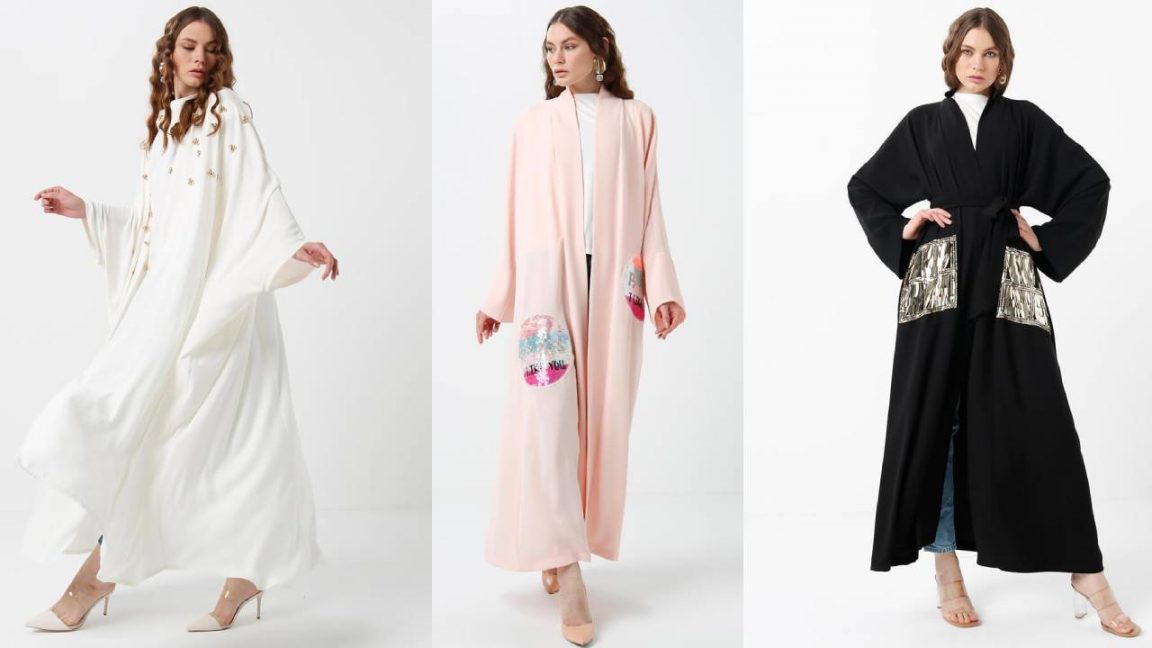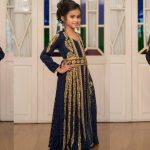Caftan Moroccan clothing is an ethnic style that originated from the coastal regions of North Africa and Europe. This style combines the traditional Berber style of dress with the Mediterranean climate of Spain and Morocco. The most common material for this style is cotton, although wool is also used in some cases. For many years it wasn’t easy to find authentic clothing in this style, until now.
Moroccan kaftan clothing is a traditional Berber style, which originally was a wrap-style dress. In general, a long tunic with short sleeves, usually with long black woolen sleeves and a short belt, is worn with an open, pleated collar. Sometimes the dress is combined with shawls or other fabrics to create a more formal appearance.
In this type of dress, the traditional head-to-toe design of Moroccan clothing is retained, including the hair and veil. However, it is possible to combine a head-piece with these dresses to make the ensemble more formal, as long as the head-piece is not too elaborate and it does not obscure the dress.
The dress is usually a single piece, but sometimes two pieces are found together in this style of dress. When paired with shawls or other fabrics, it can also create a more formal look. The dress generally has one shoulder, and sometimes both shoulders are covered with an embroidered or printed motif.
It is often thought that the use of embroidery for this style of clothing is a modern invention and that it has nothing to do with the history of Moroccan dress. However, the actual practice of embroidery has been carried on from centuries past. It is believed that this style of dress was first worn by women who moved to the towns in the desert of North Africa during the sixteenth century. The traditional design was adopted by the Berbers and then became very popular with the Moorish population of Spain and Morocco.
The Moroccan fashion industry is famous for producing high-quality garments in all types of fabric, which have been inspired by the Moroccan kaftan dress. It is possible to buy original garments at a very reasonable price. Or you can buy replica kaftans in various fabrics and designs, including silk, cotton, satin, cashmere, and linen. There are many online retailers that offer high-quality clothing that is made from genuine Moroccan material.
The use of the corset in this style of dress is a new trend that is becoming very popular. These clothes can be worn with many types of clothing, including dresses, trousers, and leggings. Although originally the corset was designed for women who exercised or had very high leg-room, it is now being worn by both men and women.
It is also possible to create a style of Moroccanclothing that combines the two traditional styles or one that incorporates the corset into the dress. This is usually achieved by including a veil and hair decoration. In either case, a new trend in fashion is the use of embellishments such as sequins and beads.
Although the corset is traditionally associated with Moroccan dress, it can be worn with Western clothing as well. The corset can be teamed with simple tops or can be worn with high fashion formal wear. It is worn to create a modern yet elegant look.
A wide variety of patterns can be used to decorate the corset and give it a Moroccan style. The most common is a shawl, which can be combined with a long loose skirt and a pair of knee-length socks. This type of dress can then be worn with a veil or headband.
It is not difficult to create a corset with a distinctive style and design. Most stores will offer free instructions on how to do this. Alternatively, it is possible to buy ready-made products from online retailers.
When choosing your corset, it is important to keep in mind that the style should match the decor of the entire outfit and not clash with the colors of the other accessories. For example, if you are wearing dark clothes and a light shade of green, you will not get an interesting result if you wear a bright purple kaftan or a deep blue shawl.
This post was created with our nice and easy submission form. Create your post!







Comments
0 comments